
HTML & CSS: The Good Parts. Better Ways to Build Websites That Work Ben Henick
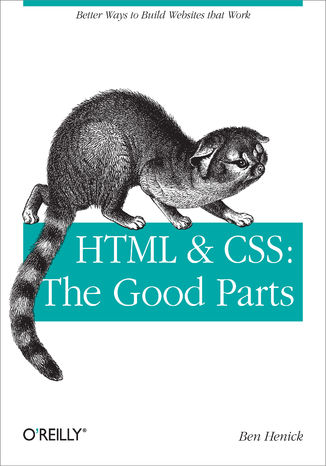



- Autor:
- Ben Henick
- Wydawnictwo:
- O'Reilly Media
- Ocena:
- Stron:
- 352
- Dostępne formaty:
-
ePubMobi
 opcje wysyłki »
opcje wysyłki »
Opis
książki
:
HTML & CSS: The Good Parts. Better Ways to Build Websites That Work
HTML and CSS are the workhorses of web design, and using them together to build consistent, reliable web pages requires both skill and knowledge. The task is more difficult if you're relying on outdated, confusing, and unnecessary HTML hacks and workarounds. Author Ben Henick shows you how to avoid those traps by going beyond the standard tips, tricks, and techniques to connect the underlying theory and design of HTML and CSS to your everyday work habits.
With this practical book, you'll learn how to work with these tools far more effectively than is standard practice for most web developers. Whether you handcraft individual pages or build templates, HTML & CSS: The Good Parts will help you get the most out of these tools in all aspects of web page design-from layout to typography and to color.
- Structure HTML markup to maximize the power of CSS
- Implement complex multi-column layouts from scratch
- Improve site production values with advanced CSS techniques
- Support formal usability and accessibility requirements with tools built into HTML and CSS
- Avoid the most annoying browser and platform limitations
Wybrane bestsellery
O'Reilly Media - inne książki
Dzięki opcji "Druk na żądanie" do sprzedaży wracają tytuły Grupy Helion, które cieszyły sie dużym zainteresowaniem, a których nakład został wyprzedany.
Dla naszych Czytelników wydrukowaliśmy dodatkową pulę egzemplarzy w technice druku cyfrowego.
Co powinieneś wiedzieć o usłudze "Druk na żądanie":
- usługa obejmuje tylko widoczną poniżej listę tytułów, którą na bieżąco aktualizujemy;
- cena książki może być wyższa od początkowej ceny detalicznej, co jest spowodowane kosztami druku cyfrowego (wyższymi niż koszty tradycyjnego druku offsetowego). Obowiązująca cena jest zawsze podawana na stronie WWW książki;
- zawartość książki wraz z dodatkami (płyta CD, DVD) odpowiada jej pierwotnemu wydaniu i jest w pełni komplementarna;
- usługa nie obejmuje książek w kolorze.
Masz pytanie o konkretny tytuł? Napisz do nas: sklep@helion.pl
Książka drukowana


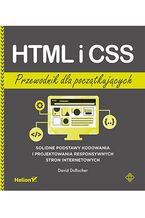


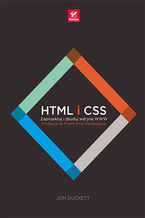



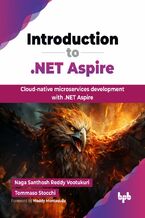
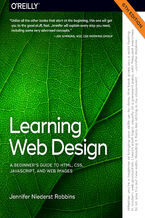
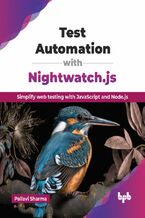
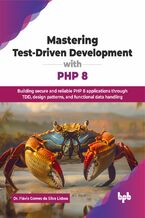






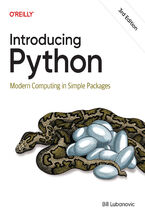
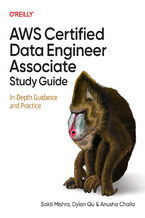

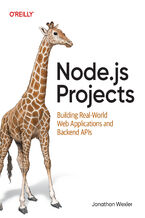

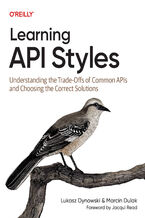
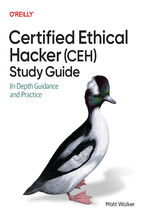
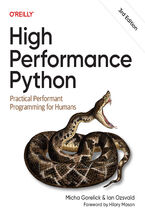
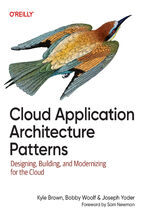
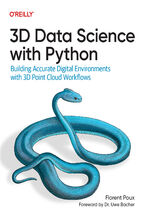



Oceny i opinie klientów: HTML & CSS: The Good Parts. Better Ways to Build Websites That Work Ben Henick
(0)